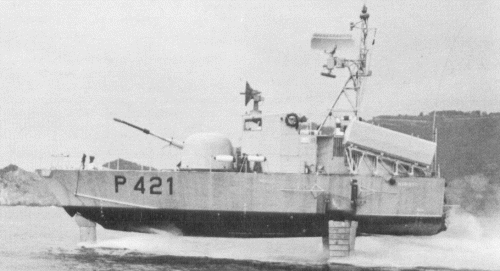
NAVYPEDIA
 Support the project with paypal
Support the project with paypal
Photo

Nibbio 1980
Ships
| Names | Builders | Completed | Losses | Transfers | Discarding |
|---|---|---|---|---|---|
P420 Sparviero P421 Nibbio P422 Falcone P423 Astore P424 Grifone P425 Gheppio P426 Condor |
Alinavi, La Spezia: P420 Fincantieri, Muggiano: P421-426 |
7/1974: P420 3/1980: P421 3/1982: P422 2/1983: P423, 424 9/1983: P425 4/1984: P426 |
none |
none |
9/1991: P420 2/1998: P421 8/2005: P422-426 |
Technical data
| Displacement standard, t | |
|---|---|
| Displacement full, t | 63 |
| Length, m | 23.0 hull 24.6 hullborne |
| Breadth, m | 12.1 foils 7.00 hull |
| Draught, m | 1.50 hull 4.40 foils extended |
| No of shafts | 1 + 1 waterjet |
| Machinery | CODOG: 1 General Motors 6V-53N diesel (1 shaft) / 1 Rolls-Royce Proteus 15M560 gas turbine (1 waterjet) |
| Power, h. p. | 165 / 5000 |
| Max speed, kts | 40 |
| Fuel, t | diesel / gas turbine oil |
| Endurance, nm(kts) | 1200(8) or 400(40) |
| Armament | P420: 2 x 1 Otomat SSM (2 Otomat), 1 x 1 - 76/62 OTO-Melara Compact P421-426: 2 x 1 Teseo Mk 2 SSM (2 Otomat Mk 2), 1 x 1 - 76/62 OTO-Melara Compact |
| Electronic equipment | SPQ-701, RTN-10X radars |
| Complement | 10 |
Standard scale images

Falcone 1990
Graphics
Project history
Development of conventional Italian patrol boats ceased in 1964 when a consortium of the Italian Government's research branch, Carlo Rodriguez, which built commercial hydrofoils - and the American firm of Boeing, which was building its first jetfoil, came into existence. This consortium, Alinave, designed a small hydrofoil for the Italian Navy based on Boeing's Tucumcari. The prototype, Sparviero (P 420), was built during 1971 -74, but no more were built until 1977. Six more were completed during 1980-83. Spaniew has a single-cell launcher whereas the later boats use the Teseo system.
They utilized the Boeing jetfoil system, with one foil forward and two aft. Foilborne power came from a Proteus gas turbine driving a waterjet, while hullborne power consisted of a GM diesel. The boats were built entirely of aluminum. A much larger NATO hydrofoil based on this foil system proved too expensive; it was adopted only by the US Navy (as the PHM).
Modernizations
None.
Naval service
No significant events.
 HOME
HOME FIGHTING SHIPS OF THE WORLD
FIGHTING SHIPS OF THE WORLD ITALY
ITALY COASTAL FORCES
COASTAL FORCES SPARVIERO missile hydrofoils (1974 - 1984)
SPARVIERO missile hydrofoils (1974 - 1984)
